Standing on the scanner, a few red lights swept past, and in less than ten seconds, a three-dimensional foot shape appeared on the screen: the curvature of each toe, the height of the arch, and the curve of the instep are all clearly visible.
But many people will be curious after the scan:
Where does this data come from? How is it saved? Will it be lost? Is it safe? Can it be viewed again?
Don't worry, today we will unveil the "digital archive" of the 3D foot scanner and show you how the data starts from the feet and becomes a precise and lasting digital archive.
A beam of laser outlines your three-dimensional foot shape
The working principle of the 3D foot scanner is not complicated, but it is not simple. Its core is: laser structured light scanning technology.
When you stand on the instrument, the scanning system will start multiple laser projectors, emitting regularly arranged linear or grid-shaped light, irradiating the surface of your feet. When the laser encounters the protrusions and depressions of the foot, it will reflect or deform at different angles.
At the same time, multiple cameras in the instrument will capture the changing trajectory of these lights on the surface of the foot from different angles. Through triangulation, geometric reconstruction and algorithm fitting, the system quickly constructs a three-dimensional image of your feet.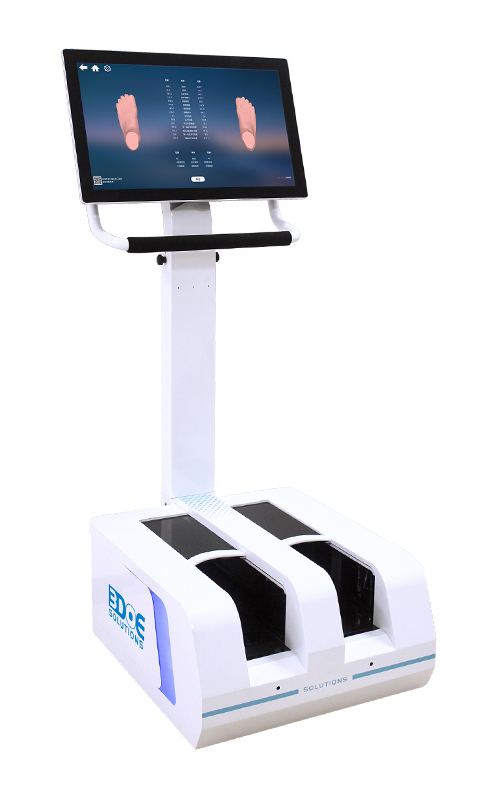
In other words, under those "seemingly soft" beams of light, a high-precision digital modeling is actually being carried out. The position of each toe and the height of each inch of the arch will be recorded as specific three-dimensional coordinates.
How to save the data after it is generated?
After the scan is completed, the system not only generates a 3D image, but also generates a complete set of digital data for long-term tracking.
So, how are these data stored?
The answer is: safe, diverse, and traceable.
1. Local storage
Each 3D foot scanner is equipped with a built-in storage module. After the data is generated, it will be immediately saved in the local storage system of the device. High-end devices also support power-off protection and data backup functions to ensure that the scan records will not be lost even if the power is accidentally cut off.
2. Cloud synchronization
If the device is connected to the cloud platform, the scan data will also be uploaded to the encrypted cloud server synchronously. Each user has a unique ID, and the scan results are bound to it. You can log in to the backend through computers, tablets, mobile phones and other devices to view historical records, download reports, and even remotely compare foot shape changes in different time periods.
3. Personalized export
The system also allows data to be exported in multiple formats, such as PDF foot shape reports, OBJ three-dimensional model files, JPG images, etc., to facilitate doctor diagnosis, insole designer modeling, or personal retention. You can even save it in a USB flash drive, email, or even WeChat folder for easy access at any time.
What are the uses of these data?
Don't underestimate this small foot model, it is far more than just "looking at the shape". In the future foot health management, it is an important "personal foot file".
1. Long-term tracking of foot shape changes
For teenagers and the elderly, foot shape will gradually change with age, growth or degeneration. Each scan data can be used as a comparison baseline to help doctors or technicians find potential problems, such as lowered arches, hallux valgus, and collapsed instep.
2. Personalized insoles and shoe shapes
Every foot is different, and the right insole should never be guessed. The three-dimensional data obtained through scanning can be used to design insoles or shoe shells that fit the foot shape very well, improving wearing comfort and support.
3. Sports rehabilitation and medical assistance
Foot shape data is particularly important for athletes, rehabilitation patients, and people with diabetic foot. It can be an important basis for doctors to judge gait problems and formulate intervention plans.
4. Cross-platform information sharing
The foot scan data you completed in a medical center can be authorized to the institution that customizes the insole. Even different cities and different institutions can share information through the cloud platform without repeated testing.
Is the data safe? Can it be lost?
Most regular brands of 3D foot scanners use a data encryption mechanism. User data is bound to a unique number, which is convenient for management and ensures that privacy is not leaked. Cloud servers generally use medical-grade data security standards, regular backups, and multiple verification mechanisms to effectively prevent data loss and illegal access.
Of course, users can also choose to export data to local storage or private cloud disk for secondary backup to ensure long-term data availability.
The 3D foot scanner is indeed a small device with great wisdom. It can not only "see" your feet clearly, but also "remember" your feet.
Every scan is a digital record of the foot shape; every piece of data is a cornerstone of future health management.
When you stand on that platform again, you may not notice that several laser beams are quietly writing a unique "step history" for your body.

 +86-0755-86131192
+86-0755-86131192 2025-07-01
2025-07-01 Back to list
Back to list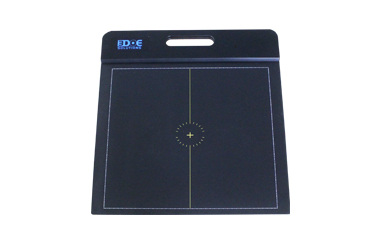
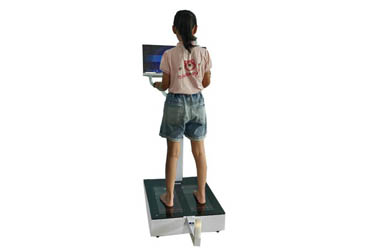
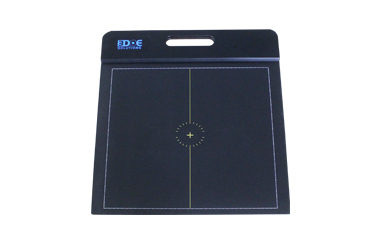
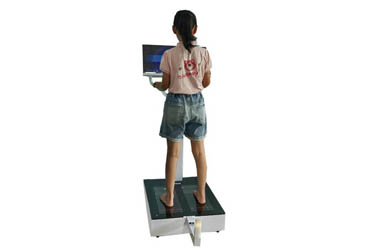
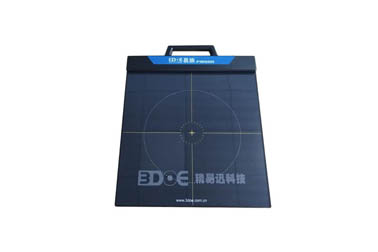
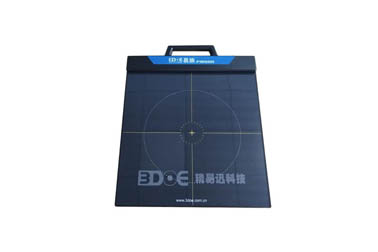



 +86-0755-86131192
+86-0755-86131192